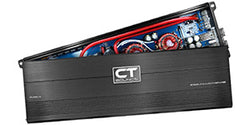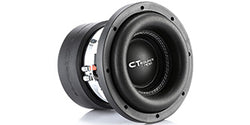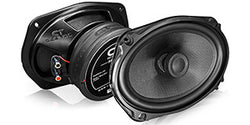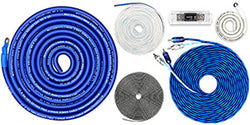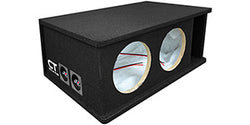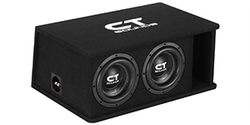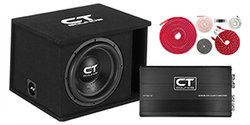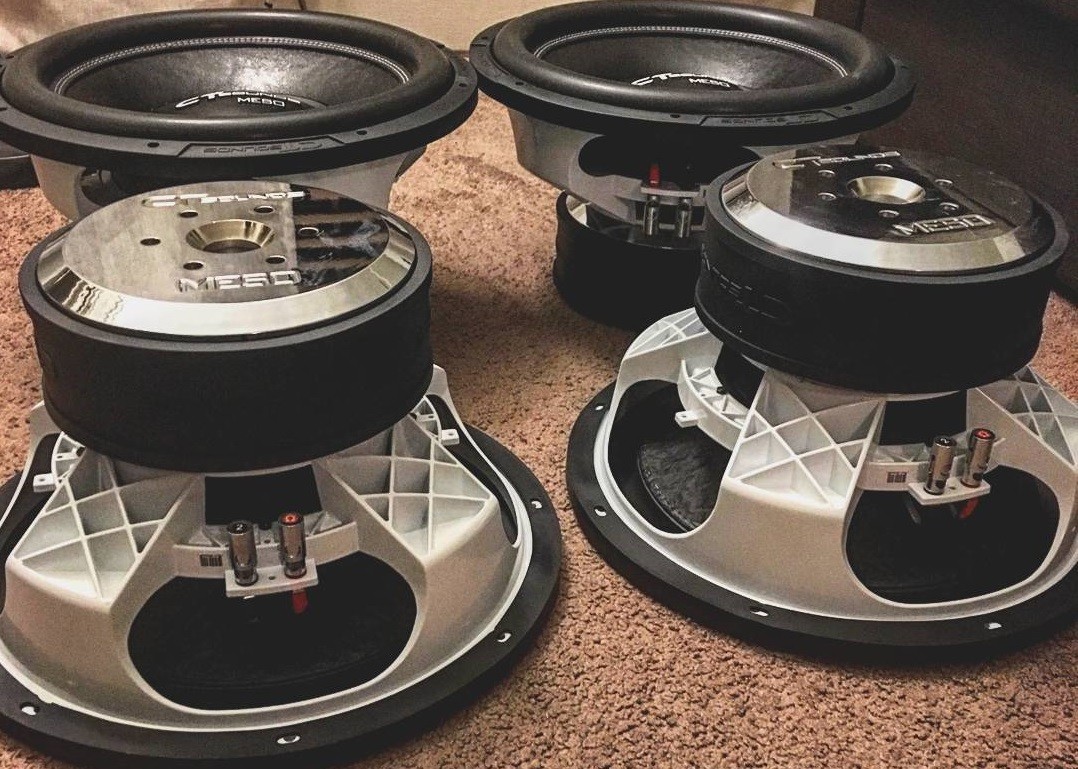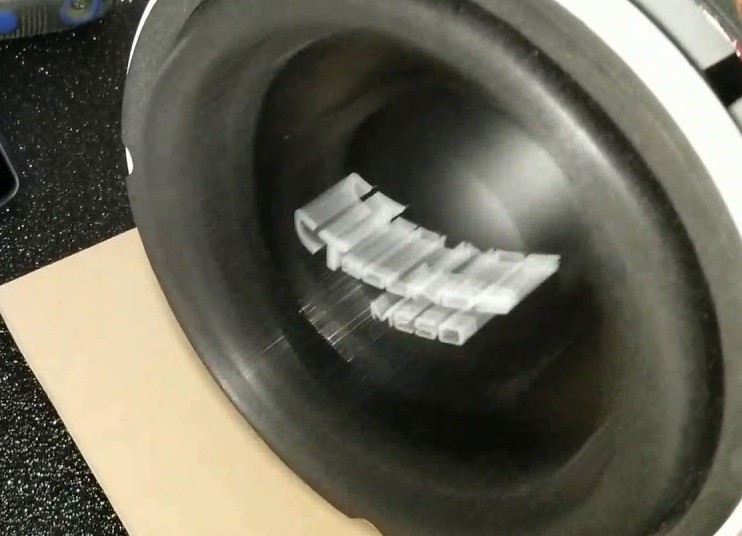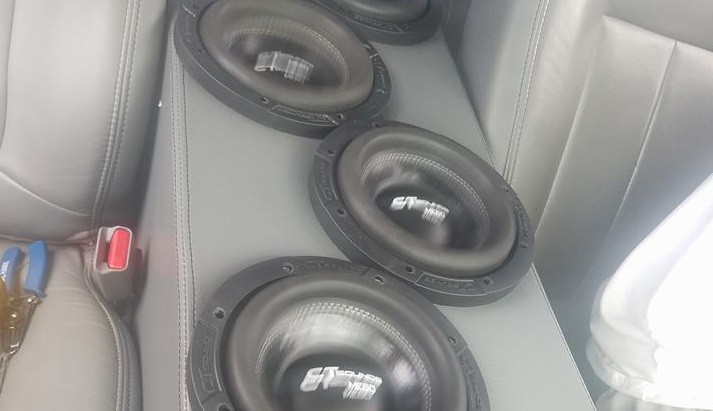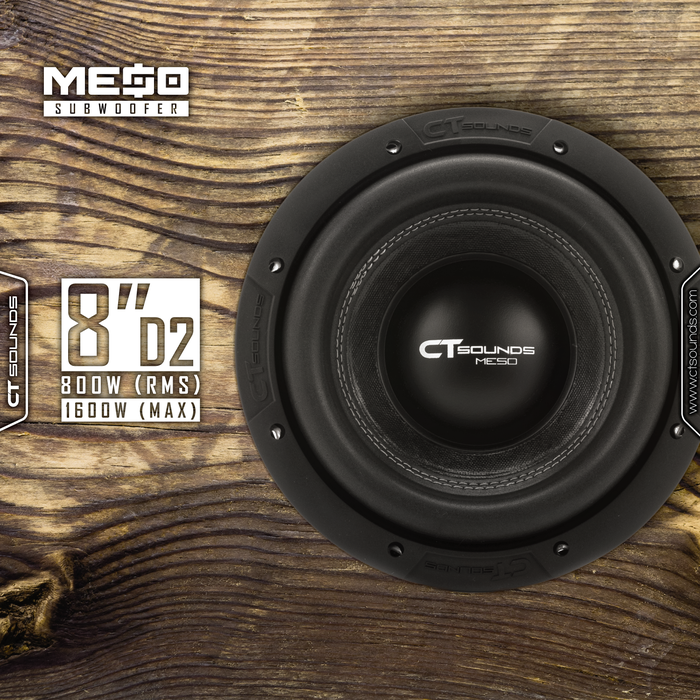004: DO SUBWOOFERS HAVE A BREAK-IN PERIOD?
March 22, 2019 by Coleman Thedinger
DO SUBWOOFERS HAVE A BREAK-IN PERIOD?
Whether you’ve upgraded your entire car audio system, or you have simply added a new subwoofer, chances are that you can’t wait to hop into your vehicle, go for a cruise, and experience your newfound sonic potential. But not so fast…
You’ve likely heard about a break-in period for subwoofers and speakers, and if not, we’re going to introduce the concept, how to do it, and whether it’s even necessary.
WHAT IS A BREAK-IN PERIOD?
Speakers are made from moving parts, and when those parts are brand new, they can take some time to loosen up in order to respond fully to the electric current from the amplifier that drives them. This is primarily due to a piece of the speaker that’s called a spider. The spider acts like a suspension, it’s what allows the cone to move back and forth to create sound.
The spider attaches the cone to the basket, which is like the frame or the body of the speaker. You could liken a speaker’s break-in period to waking up in the morning and how it takes a few moments to get calibrated, to get your body stretched out, and so get ready for the day. Your voice probably sounds different first thing in the morning as well, before your vocal cords have had a chance to warm up. Unlike vocal cords, a subwoofer only needs to be broken-in once.
HOW TO BREAK-IN A SUBWOOFER
(AND DOES IT MATTER?)
If there was a speaker that would benefit from a break-in period the most, it would be the sub. Whether or not you take the time to break-in your sub is going to have a miniscule impact on its overall sound compared to much more important things like correctly matching the RMS wattage of your amp and having a properly designed and positioned subwoofer enclosure.
At the end of the day, you want to start hearing your new sound system as soon as possible, but without allowing impatience to nerf your audio quality for the long-term, and the good news is that you don’t really have to worry about that.
CAN YOU JUST BREAK THEM IN BY USING THEM?
If you want to sit down and really feel the full extent of that “wow” moment when you start using your new audio system, you could absolutely break your speakers in first. It’s not necessary, however, to dedicate time to this break-in period, and it’s much less practical to do a dedicated break-in period with car audio than it is with home audio, where you can simply leave it playing in another room. Do you really want to spend your commute listening to pink noise?
Over time, your subwoofer and other drivers will break-in on their own. You don’t have to set aside ten or twenty-five hours at the very start.
The difference is that by listening to your normal music to break-in your speakers, rather than a dedicated track of pink noise, not all frequencies will be broken-in at the same pace. With a subwoofer, that’s a lot less noticeable, since it’s only responsible for the lower frequencies.
HOW LONG SHOULD A BREAK-IN PERIOD LAST?
Some speaker manufacturers will recommend abreak-in period of around 10 hours. That should be plenty of time to allow your subwoofer to get settled in, if you decide to do this at all.
In extreme cases, you’ll see some brands recommending upwards of 100 hours for ultra-high-end speakers (usually on the home audio side of things as opposed to vehicle sound systems). It’s often speculated that these very long recommended break-in times are simply to encourage the consumer to give their ears more time to adjust to their new speakers, rather than the speakers noticeably improving between hours 90 and 100, for instance.
On the other hand, there are manufacturers who say that you don’t need to break in your subs at all. Look at your equipment's manual or manufactures website to see what your manufacturer recommends, but also remember not to worry too much about breaking in your subs because it’ll happen on its own.
